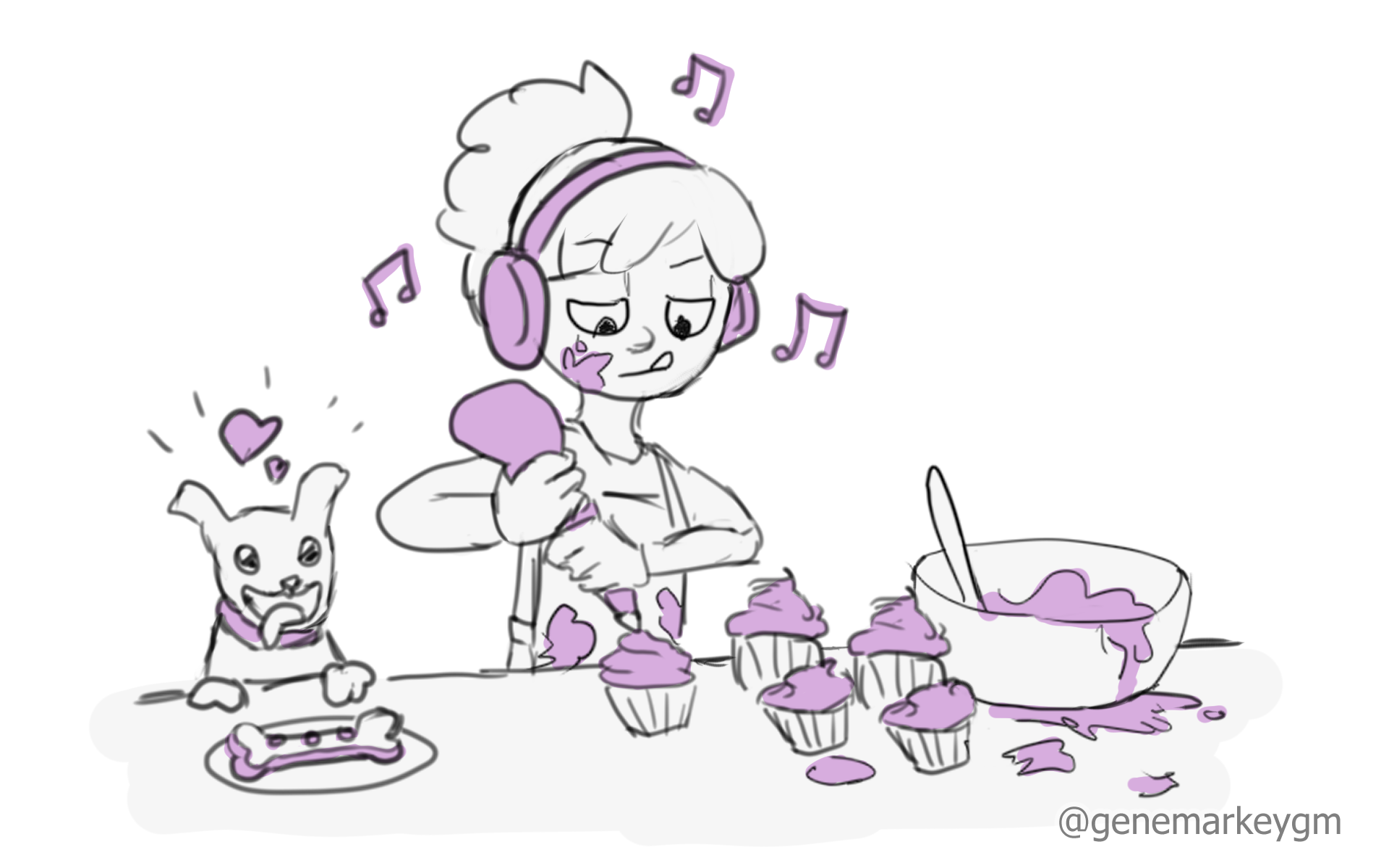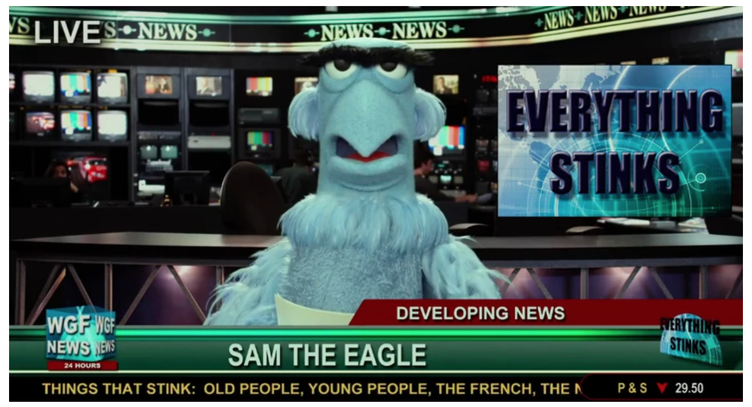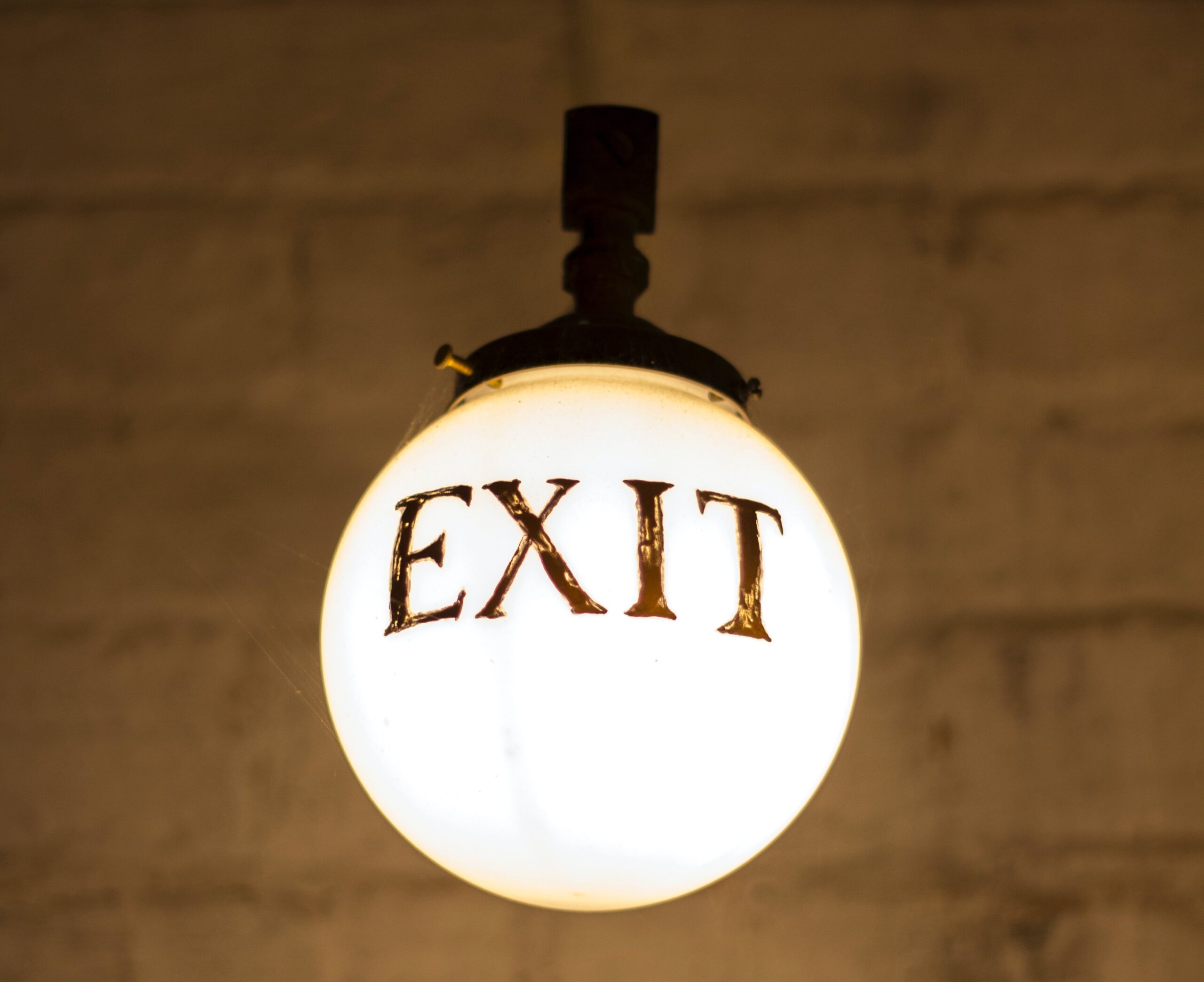If you’re burned out at work but can’t exit yet, embrace the pace and navigate your environment in a healthier way.
You may know your job is unsustainable. The pressure is too intense, or leadership is not aligned with your values. You wonder if you’ve outgrown what once seemed an ideal opportunity.
You’ve contemplated, or even begun crafting, an exit plan.
But for financial or other reasons, it’s just not wise to leave right now. You can feel the timing is off and, much as you want to move on, you have to finish the cycle.
At the same time, you’re tired of feeling overwhelmed, exhausted, and a victim of your negative work environment. You want be in the driver’s seat until you reach that exit ramp.
Rather than resist the current chaos or dwell on your despair, consider this short-term approach with a long-term benefit:
Today, you can begin learning to master your personal pace—a skill that will serve you no matter where you go next.
A Common Challenge
Learning how to gear up your physical, emotional, and mental energy is challenging!
Maybe you’ve had a lovely weekend or vacation. You’ve gotten some rest, enjoyed what lights you up, spent time with those you love. Now you need to shift into high gear for a demanding work week.
A common trajectory is: spiral downward into Sunday anxiety, struggle with a restless night, lean into caffeine and sugar the next morning, and hope for the best. 😃
Highly-skilled and well-meaning workers often live in inner conflict, struggling with a job that doesn’t fit. Even with the best intentions, a burnout lifestyle seems hard to avoid.
However, using your creativity to remain in alignment with your rhythm is a key practice for life beyond burnout.
Why not start learning now?
Embrace the Pace with Creativity
A client with high emotional intelligence recently shared her need for a “harder shell” at work. Without closing her heart down, she wants protection from the intense pressure—including productivity demands, office politics, and other peoples’ worries.
As a coach, I often use the words my clients speak to help them design and test out an imaginative technique. This is a powerful way to take charge of our inner state in tense environments.
Creativity and playfulness ease stress. So, we get curious: what has a harder shell? A turtle, a medieval soldier, a mollusk. What provides protection? Bones encase the spinal cord; thick stone walls safeguard a castle; a bodyguard provides security and prevents threats.
See where we’re going here? Give it a try.
Picture yourself putting on a kind of protective gear. Step into a suit of armor or visualize a bodyguard standing beside you. I’ve imagined a black jaguar walking beside me, or sitting in sphinx position near my desk. The image serves as a reminder that I’m not alone in times of need.
Your conscious practice of imagination is key to lowering your stress level and taking charge of the situation, allowing you to remain intact in a fast-paced environment.
Literally craft what you need. Strength? Imagine yourself lifting weights. Courage? See yourself facing your nemesis without blinking. Endurance? Feel yourself smile at the end of a day as you finish work with energy to spare.
I know this is easier said than done. It’s in daily practice that victory is won.
If You Have to Wear a Mask
If you feel the need to wear a mask, to be someone different to survive at work, take a tip from theater. Until you find the workplace where you can be yourself, consciously create a character.
A client of mine had to fill in for her boss at a meeting—an usual request in her company. Her boss got along well with his colleagues, and she felt she wasn’t good enough to represent the department.
To overcome her fear, I helped her create a character she was excited to play. This character (really a version of herself) was completely confident, at ease meeting new people and speaking up in the group.
She dressed a little differently that day—slightly taller shoes, added a scarf—wearing a bit of a costume. Courageously, she stepped in to that confident role, wondering if she could pull it off.
It worked! She introduced herself to people she hadn’t met and spoke up to share ideas. Through this persona, she engaged an aspect of herself that she hadn’t been able to access.
Stepping into a role you’ve created puts you in charge. You know you’re playing a game. You stay in integrity with yourself—the version of “you” that can master every possible situation.
Your Exit Ramp
Creative techniques allow you to finish out a work cycle on your own terms. It’s grueling to resent the energy demands required. So be playful, laugh about it, and love yourself through to the end.
Sooner than later, your clearly-marked exit will appear. You’ll be done. You’ll welcome the pause that transitions you to a fully sustainable, inspired life beyond burnout.
The Beyond Burnout Playbook (free and downloadable) gives you five keys to crossing that threshold at your own pace. Burnout isn’t all bad! Learn how to shift your perspective, try out some exercises, and have fun with the process.
If you’d like help planning your exit strategy and creating a life beyond burnout, I’m here with a free Clarity Conversation.
And if someone you know wants to make a change at work, please forward this blog. There’s always a way beyond burnout!
💜Emma
Photo by Sammy Wong on Unsplash
You’re invited to subscribe here💜











